Yesterday one of my regular Venice plumbing customers referred me to their son-in-law. He needed a bar sink drain and copper water pipes relocated.
Their location under the basement slab and in the middle of the room was cumbersome.
They didn’t need water supply to a bar–they needed a dry play area for their kids. So out comes the jackhammer.
Considerations before moving copper pipes
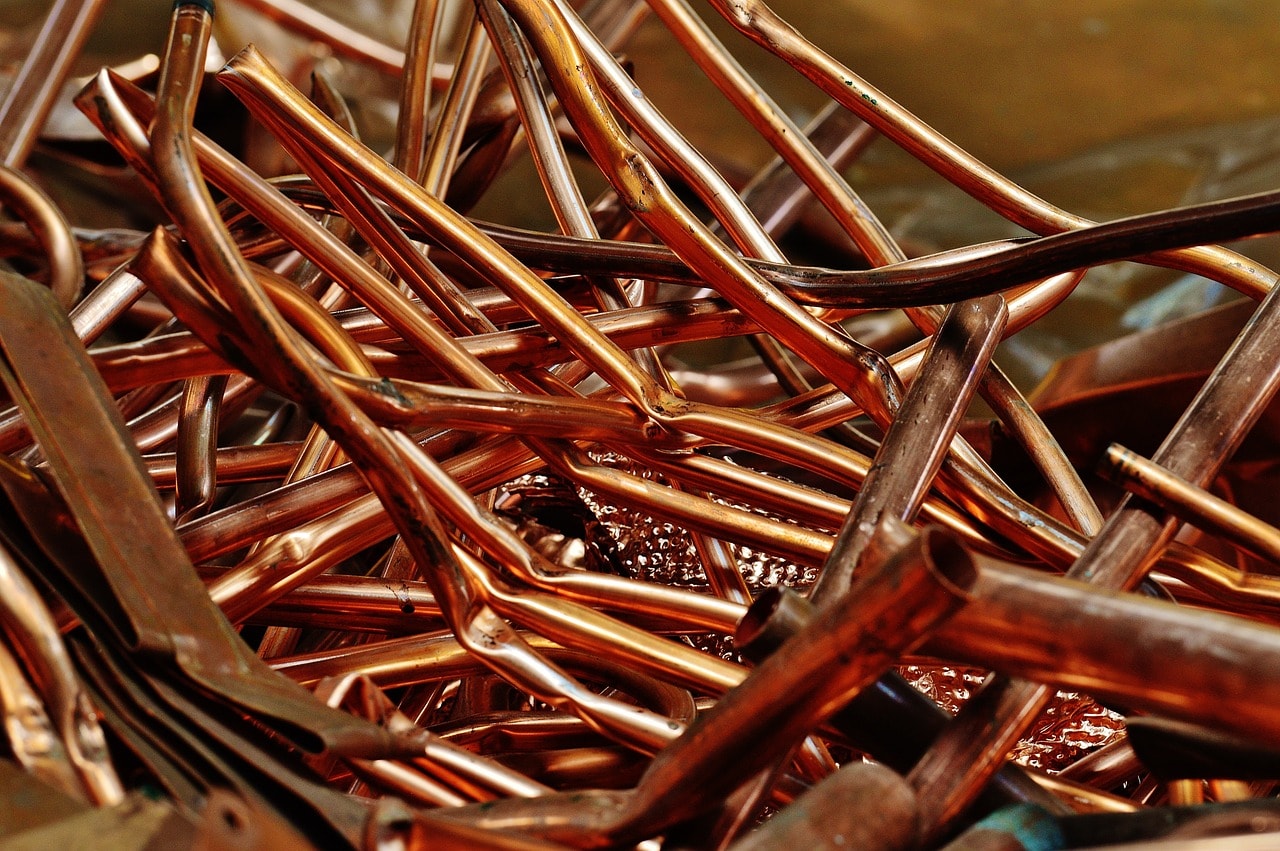
Some considerations before moving these pipes are the elevation of the drain pipe and connecting copper piping for underground lines application.
A drain pipe relocation is limited by the plumbing codes need for a quarter inch per foot grade of the copper pipe.
Without this, it won’t drain properly.
You also don’t want the horizontal sections of PVC drain pipe embedded in the concrete, if you can avoid it.
If the drain pipe is already close to the under side of the slab, there may not be enough room for an extension.
Copper water pipes can’t be soldered underground. The movements of the ground with changing seasons and varying moisture levels could compromise a solder joint.
So you’re left with the joining methods of:
connecting to the existing copper water pipes with pack joint couplings
brazing the pipes
Pack joint couplings for joining underground copper pipe
Pack joint couplings for joining underground copper water pipes are a pretty simple but expensive option.
These specialty underground water pipe connectors can run as much as fifty dollars a piece.
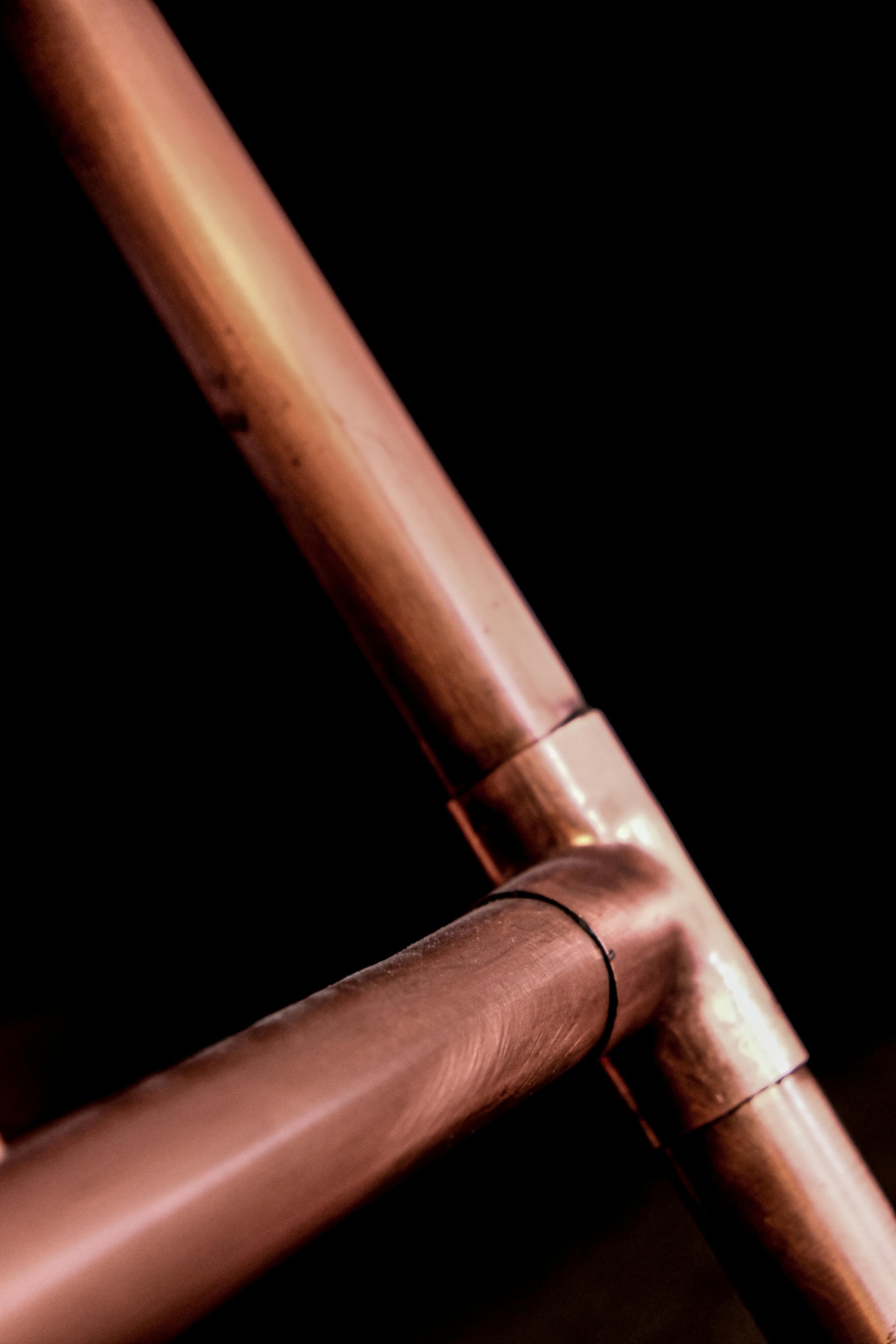
What is copper piping brazing?
Brazing is a metal-joining method, similar to soldering. But with a copper to copper connection no flux is needed.
You use a special brazing rod and heat the pipes to about fifteen hundred degrees. A temperature close to copper’s melting point.
The real difference between brazing and soldering is the temperature necessary to melt the filler metal.
Being a master plumber and Venice plumbing contractor, I’m familiar with brazing, so I chose the less expensive option for my client.
Along with affordability, I also think it produces a stronger joint. Plus it’s kind of fun.
Demolishing the concrete
I got to jackhammering quickly. I opened a small trench about eighteen inches wide and three feet long to the exterior wall. Then I hauled away all the large chunks of concrete. I saved the crushed rock and smaller pieces of concrete for backfill.
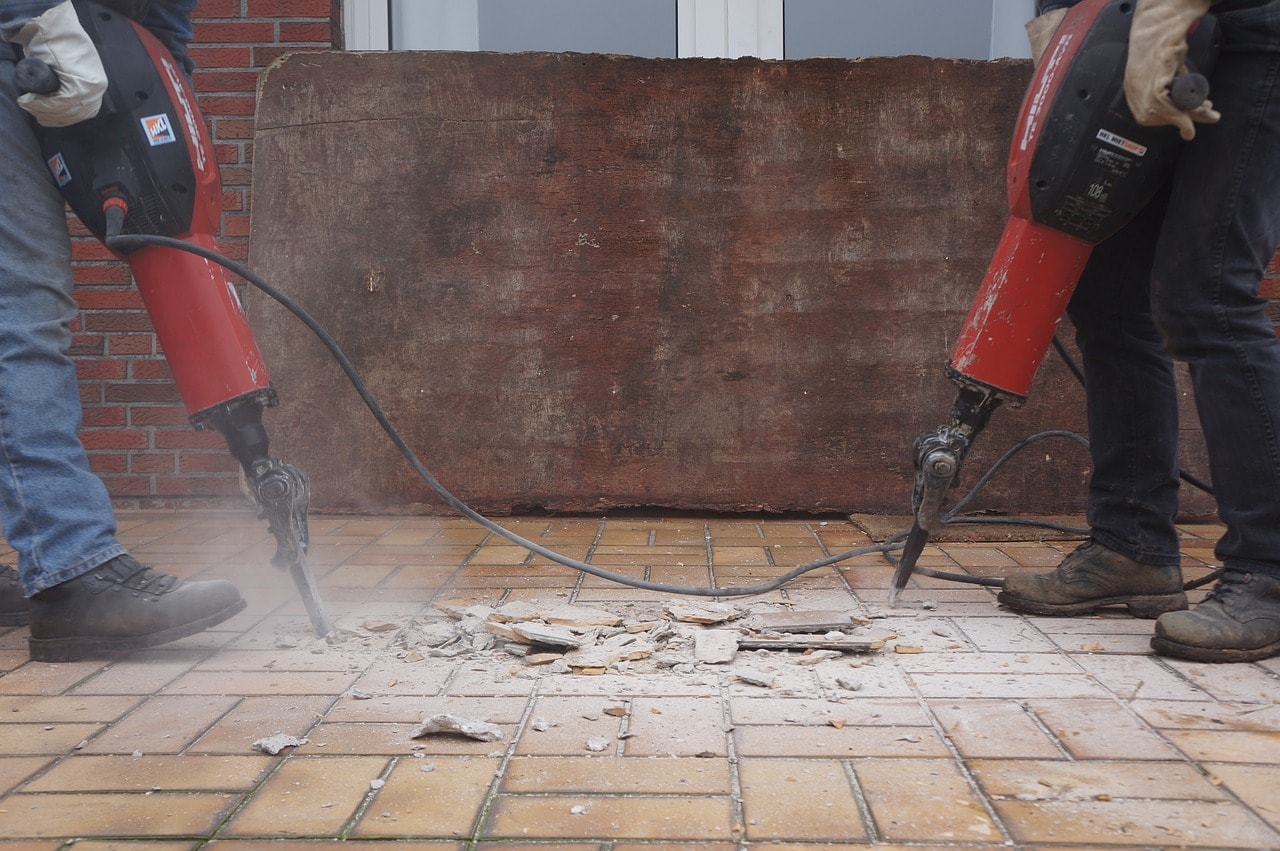
Copper tube complications
Unfortunately, the previous contractor had run 3/8″ soft copper tubing to save money. But fortunately, the 1/2″ soft copper tubing I brought had the same inside diameter as the 3/8″ copper tubing’s outside diameter. So I just slid the new pipe over the old and brazed away.
After brazing the two copper tubes, and burning myself, of course, I rolled the copper tube out to the exterior wall. I left about a foot of pipe above the slab grade and soldered caps on the ends.
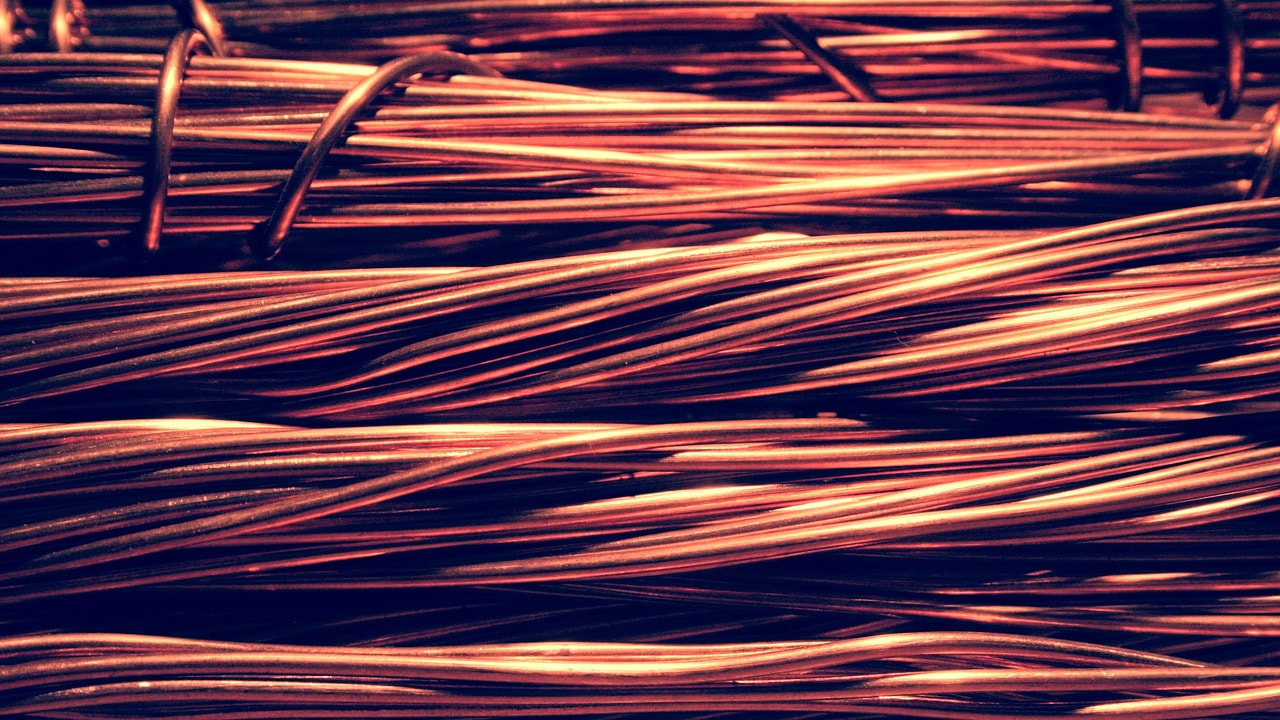
Now, you’re not supposed to put water pipes on an exterior wall in the Midwest, as they could freeze. But these will be left in the wall, well below the frostline, for possible future connection. So there was no risk of freezing.
I then connected to the existing ABS drain pipe with a rubber transition coupling and ran PVC pipe to the exterior wall. ABS pipe is known for cracking issues, and PVC will hold up better against leaking.
I left a one foot section above grade and capped it.
With everything installed and wrapped up, and after taking pictures for my customer, I graded the drain pipe and backfilled with the crushed rock and small pieces of concrete I’d removed earlier.
Other options for homogenous backfill:
washed sand
limestone sand or small limestone chips
small smooth river stone
washed pea gravel
Then I finished the concrete with a two-inch cap of cement. Since this will only need to support foot traffic, there’s no need for a thicker layer of cement.
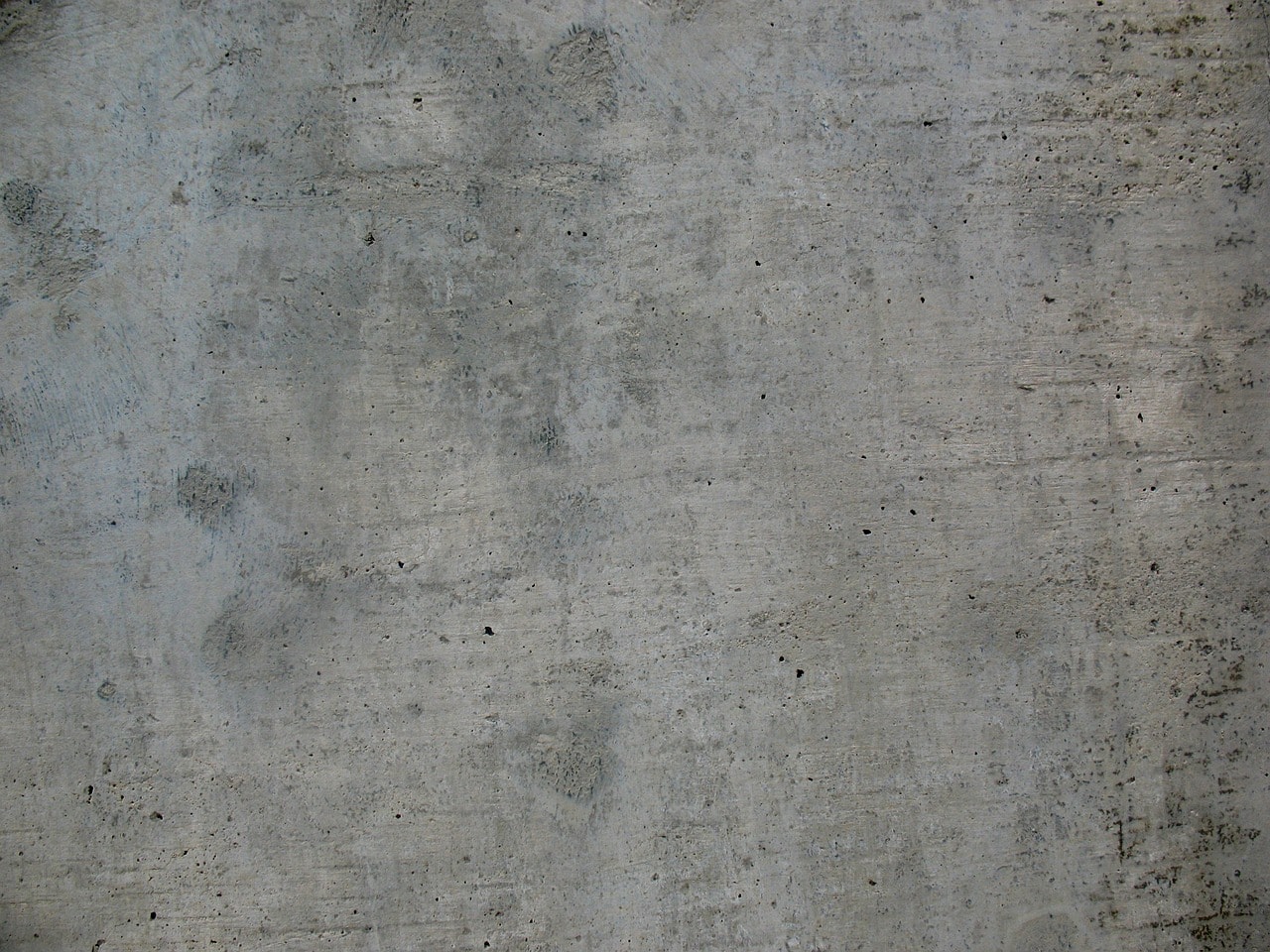
I told my customer to leave it alone for one to two days before covering it. Throughout the process, I texted him the pictures of the project at each stage. He should see what he’s paying for, after all.
My wife asks me all time–Why do I still do concrete work at my age? I like it! And I run my plumbing business from my home, so I’m working for my neighbors.
And it’s better for them to get a master plumber bid and do the work. The other local Venice plumbing companies have journeyman level or apprentice plumbers doing the work under the umbrella of the business owners plumbing license.
I want the best for my neighbors, so I do it myself.
![]()

